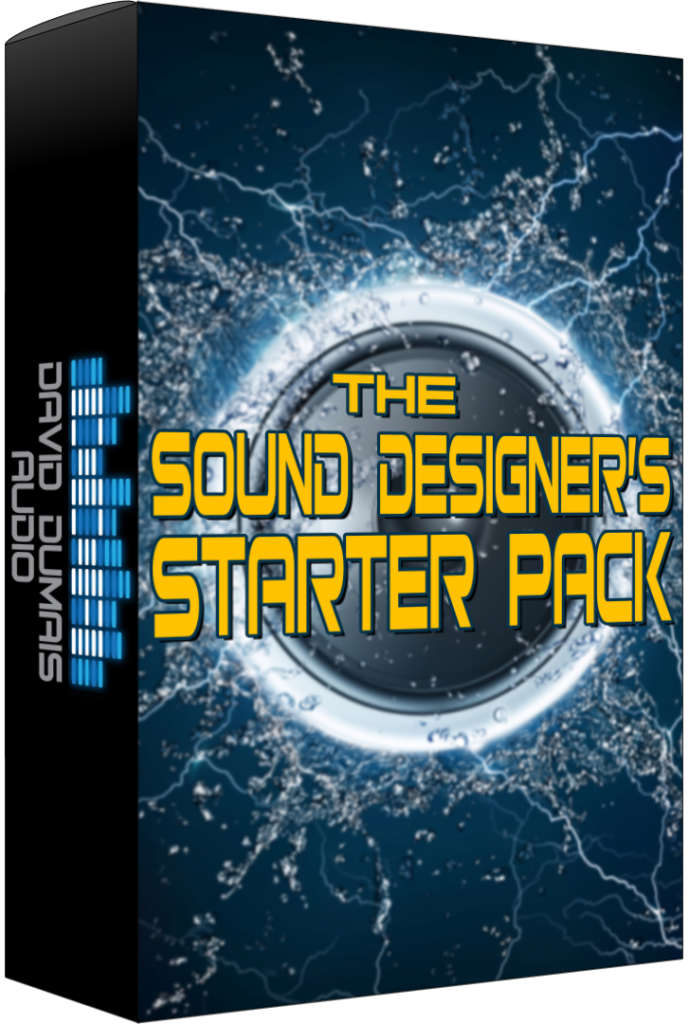SOUNDS FOR GAMES
FREE Workshop!
LEARN HOW TO EARN $200-$500/MONTH PASSIVE INCOME SELLING SOUND EFFECTS ONLINE…
Even if you’re just starting out!
SOUNDS FOR GAMES

Get over 900 royalty-free sound effects for your projects including alarms, UI, whooshes, spells, impacts, monsters, and more.
$50 value
Sound Design Tutorials
Sometimes the best way to learn is to look over the shoulder of someone already doing it.
Sound Designer Starter Pack
Includes Over 900 Sound Effects Including Alarms, UI, Whooshes, Magic Spells, Impacts, Monsters, Sci-Fi, And Many More.
Free Guides
Check out these free guides I put together to help you get started in video game sound design. These include exclusive tutorials, gear recommendations, and more.
Sound Design Tutorials
Sometimes the best way to learn is to look over the shoulder of someone already doing it.
Premium Sound Libraries
Need sounds for your projects? You’ll find what you need from magic sounds to explosions and more.
Sound Design Roadmap
Discover skills, gear, and earning strategies to get you going in the right direction.
About
David Dumais is a professional sound designer and composer for video games. David works professionally as a freelancer with indie game developers around the world. When not working on games, David loves to create sound packs many of which are featured on the Unreal Marketplace, Unity Asset Store, Epic Stock Media, Sonniss.com, and asoundeffect.com.
Testimonials








